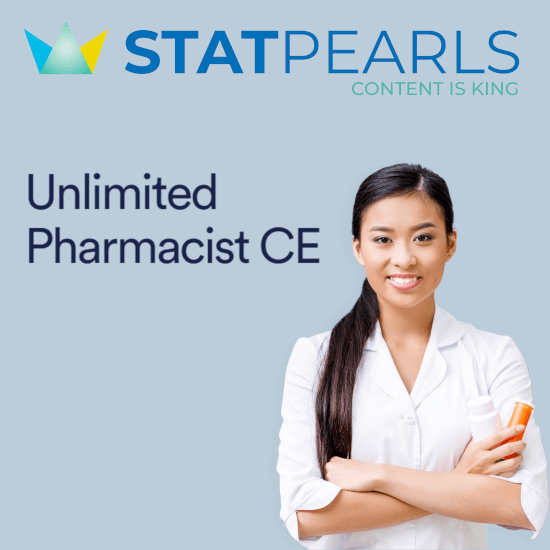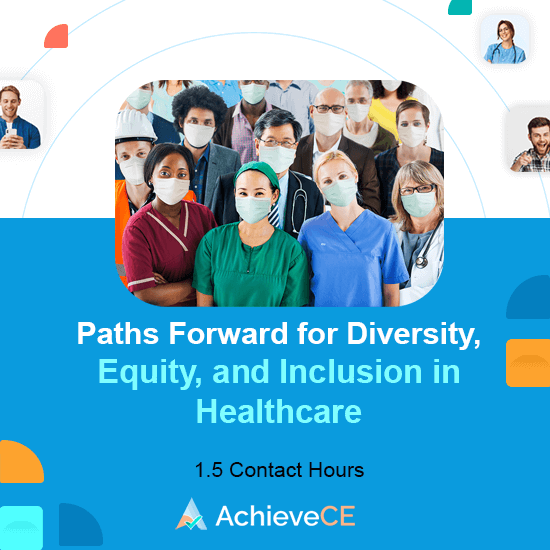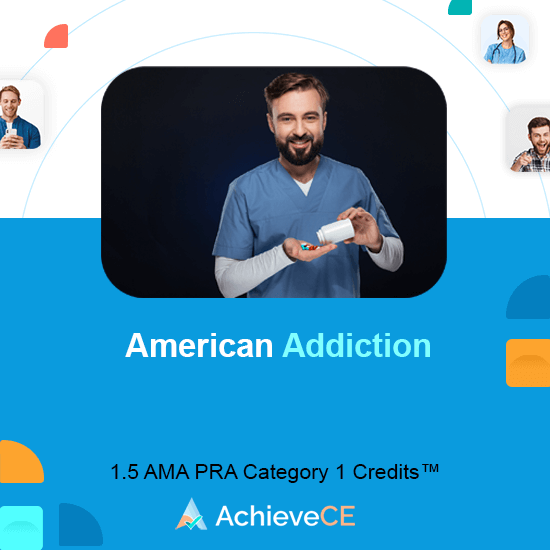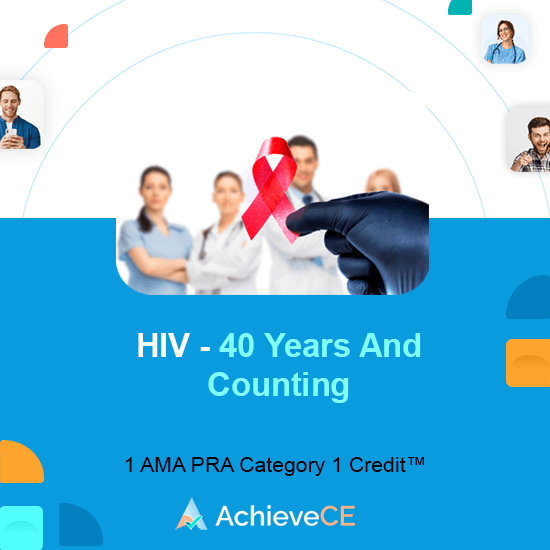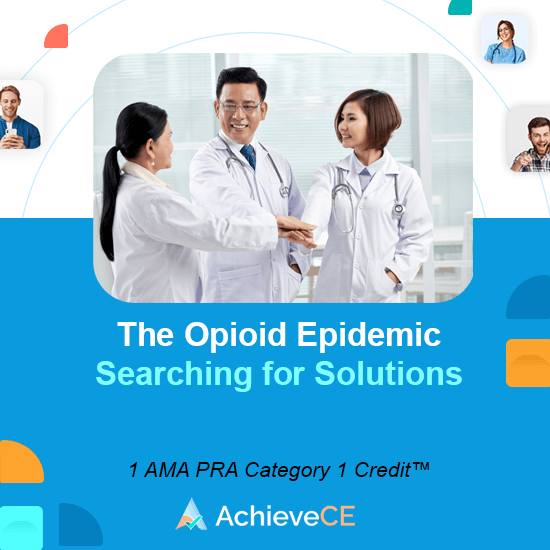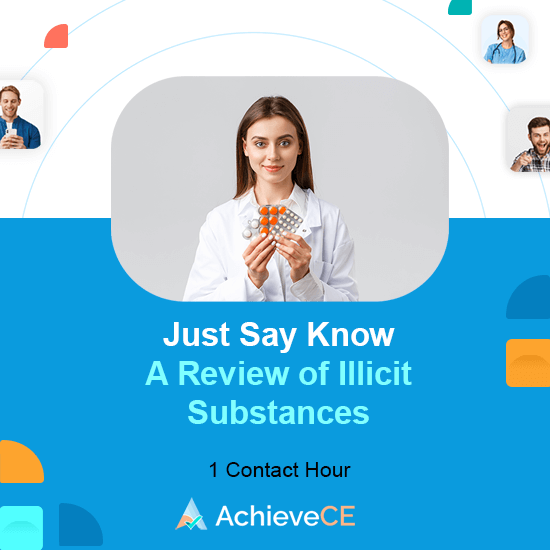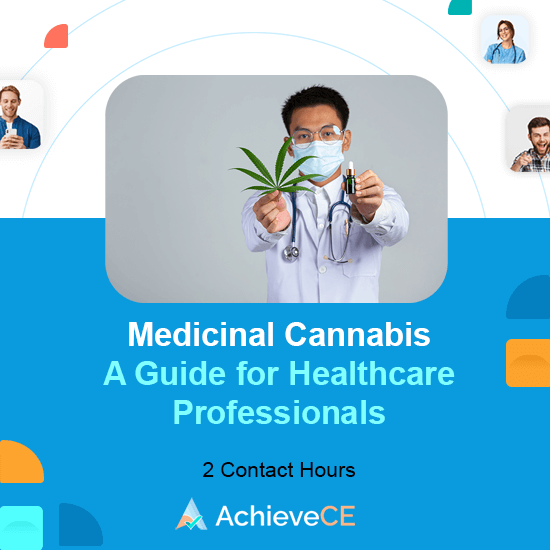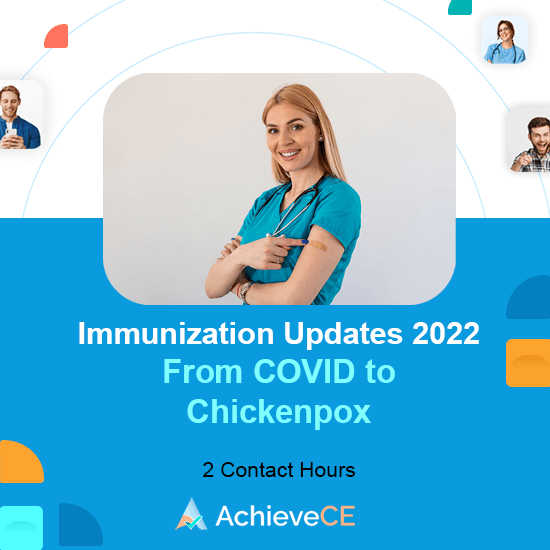Pharmacist CPE
1 - 10 of 13 results
StatPearls Unlimited Pharmacist CE
Stay on top of your game with the StatPearls Pharmacist Unlimited CE programs. Your membership allows you unlimited access to 3,290 activities. These Pub-Med Indexed articles are categorized into 15 specialty areas which lets you better access activities that will make the biggest impact on your practice. One subscription allows access to all the activities, including all state-requirements.
Pricing Options
- 6 Month subscription: All 3,393 CE Activities – $59 per 6 months
- Annual subscription: All 3,393 CE Activities – $79 per 1 year
- Cost: 6 months for $59, 1 year for $79
- CME credits awarded by: AKH
- Format: On Demand Online & Board Reviews
- FREE
ScientiaCME Neuropsychiatry-Neurology
Target Audience: Neurologists
See full details chevron_right- Cost: Free
- Credit hours: 3.75
- CME credits awarded by: ScientiaCME
- Format: On-Demand Online
- Expiration of CME credit: Two years after release
- FREE
ScientiaCME Pharmacy/Medication Safety
ScientiaCME Pharmacy/Medication Safety has seven lectures on various aspects of medication safety and 17 Pharmacotherapy Literature Updates. Many of these Literature Updates are concerning critical care pharmacotherapy.
Target Audience: All Prescribing Practitioners
See full details chevron_right- Cost: Free
- Credit hours: 24
- CME credits awarded by: ScientiaCME
- Format: On-Demand Online
- Expiration of CME credit: Two years after release
AchieveCE Paths Forward for Diversity, Equity, and Inclusion in Healthcare
Notable disparities are present both with regard to individuals in the healthcare profession as well as in the delivery of healthcare to the patient population. Increasing awareness of the importance of diversity, equity, and inclusion is important for expanding access to high quality healthcare.
This presentation will be designed to introduce the audience to an important national level dialogue on the concepts of diversity, equity, and inclusion. Additionally, this topic will be tailored to understanding how DEI relates to healthcare practice and note specific steps the profession is taking to improve DEI at an organizational level.
See full details chevron_right- Cost: $30
- Credit hours: 1.5
- Format: Online Video
AchieveCE American Addiction
Every 7 minutes in our country, a person dies from a drug overdose, while a child is also born approximately every 30 minutes dependent on opioids. How do we as healthcare professionals offer non-stigmatic patient care and contribute to the progress of society in the right direction? Substance use disorder (addiction) is likened to an iceberg or a weed, in that the issues underneath the surface are typically even more complicated than what is viewed from the surface. Addiction spans hundreds of substances of abuse highlighted by stimulants (cocaine and methamphetamine), cannabis (plant, synthetics, and extracts), and opioids (heroin, fentanyl, and carfentanyl). As one can recall with the substance of ethyl alcohol (i.e. beer, wine, and hard liquor), a substance may never actually chemically change, yet can move across legal classifications of substances, leaving all healthcare professionals in need of knowledge on all substances of abuse. Opioid use disorder (opioid addiction) is combated with the medication-assisted treatments (MAT) of naltrexone, methadone, and buprenorphine, while opioid overdose respiratory depression is reversed with naloxone. Over the course of this activity, we will aim for “higher” education on all of these dynamic aspects. Unlike opioids, this activity is sure to open your eyes and possibly even elevate your blood pressure and/or heart rate!!!
See full details chevron_right- Cost: $20
- Credit hours: 1.5
- CME credits awarded by: 1 AMA PRA Category 1 Credit™ by Continuing Education Company, Inc. and AchieveCE, ACPE, AGD PACE, and ANCC.
- Format: Online Video
AchieveCE HIV – 40 Years And Counting…
With eight categories of HIV meds now available, healthcare professionals need to be up to date about these therapies. Whether using regimens from 20 years ago, or the newest drugs healthcare professionals need to be monitoring adherence to those regimens. By providing data from the San Francisco Study to show the needs for 95% adherence. This Florida-approved course will also describe the advantages and disadvantages of each category of drugs, as well as those individual drugs.
See full details chevron_right- Cost: $15
- Credit hours: 1
- CME credits awarded by: 1 AMA PRA Category 1 Credit™ by Continuing Education Company, Inc. and AchieveCE, ACPE, AGD PACE, and ANCC.
- Format: Online Video
AchieveCE The Opioid Epidemic: Searching for Solutions Webcast
According to the 2015 National Survey on Drug Use and Health, approximately 3.8 million people (1.4% of those ages 12 or older) reported misusing prescription pain relievers, while another 329,000 people reported using heroin. Within the same year, 52,404 lethal overdoses took place, making drug overdose the leading cause of accidental death within the United States. Stancliff et al estimated that as of 2012, approximately 80% of people dependent on heroin or prescription opioids were not engaged in any treatment and many in treatment do not use the most effective medication-assisted treatments available to them.
Despite recent increased awareness of opioid use disorder (OUD) and efforts to improve access to care, several barriers to treatment still exist, including financial, geographic, regulatory, and social. In 2012, only 2.2% of physicians in the United States obtained waivers to prescribe buprenorphine for the treatment of OUD. Of those who received waivers, 41.6% were psychiatrists. This may be perceived as a potential barrier to OUD treatment as patients are often resistant to referrals to psychiatric and/or addiction clinics given the stigmas commonly surrounding addiction and mental health. Furthermore, physicians with waivers were found to practice primarily in urban settings, leaving a large portion of the rural population without access to buprenorphine treatment.
With all this in mind, education is needed in regards to current and emerging treatment options for OUD available to multiple patient populations. Also, with the deaths due to drug overdoses still elevated, education on how to recognize and reverse an opioid overdose is needed.
This presentation will address the above needs by discussing the science behind opioid use disorder as well as reflect upon current statistics associated with its impact on the United States. During the discussion, opioid overdose risks will be discussed and participants will be able to practice recognizing key symptoms of an overdose situation. Steps of using naloxone will be discussed and connected to how to appropriately seek out treatment for maintenance of opioid use disorder. Finally, new buprenorphine products and the potential role of naltrexone will be applied to this stigmatized population.
See full details chevron_right- Cost: $15
- Credit hours: 1
- CME credits awarded by: Continuing Education Company, Inc. and AchieveCE, ACPE, AGD PACE, and ANCC
- Format: Online Video
AchieveCE Just Say Know: A Review of Illicit Substances
Countless patients choose to ingest illicit substances while also utilizing prescription medications, and as healthcare professionals, we are left with barely any education on these substances. More education is needed in order to actually provide tangible life-saving, or at least life-improving, patient education.
Forget polypharmacy, what about poly substance abuse? Every 7 minutes an American dies of a drug overdose, propelling pharmacists to expand our knowledge on illicit substances. We humans have always aimed to experience the amplified effects of natural and synthetic substances that produce euphoria. The line between clinical and criminal utilization of substances if often blurred. In our society today, we have a very “objective” classification of substances based on generally accepted medical use and a respective propensity to become habit forming. However, as one can recall with the substance of ethyl alcohol (i.e., beer, wine, and hard liquor), a substance may never actually chemically change, yet can move across legal classifications of substances. How does that happen? Well, join our discussion on illicit substances to learn how numerous illicit substances have similar, if not the same, mechanisms of action as legal prescription medications readily available today. The time has come (Just Say NOW) to progress from “Just Say No” to “Just Say Know”!
See full details chevron_right- Format: Live Online Meeting
AchieveCE Medicinal Cannabis: A Guide for Healthcare Professionals
This activity aims to assist healthcare professionals in understanding how cannabis can take its place in the medical world. It discusses medicinal cannabis’ uses, modes of administrations, mechanism of action, common drug interactions, and considerations for special populations.
See full details chevron_right- Cost: $50
- Credit hours: 2
- Format: Live Online Meeting
AchieveCE Immunization Updates 2022: From COVID to Chickenpox
This 2-hour CE discusses vaccine recommendations, as outlined in the Centers for Disease Control and Prevention’s Immunization Schedule. It presents a comparison of COVID-19 vaccine formulations, updates of authorized and approved vaccines, updates on vaccines to other infectious diseases such as varicella, pneumococcus and hepatitis, and reminders of contraindications and precautions for vaccines covered.
See full details chevron_right- Cost: $50
- Credit hours: 2
- Format: Live Online Meeting

